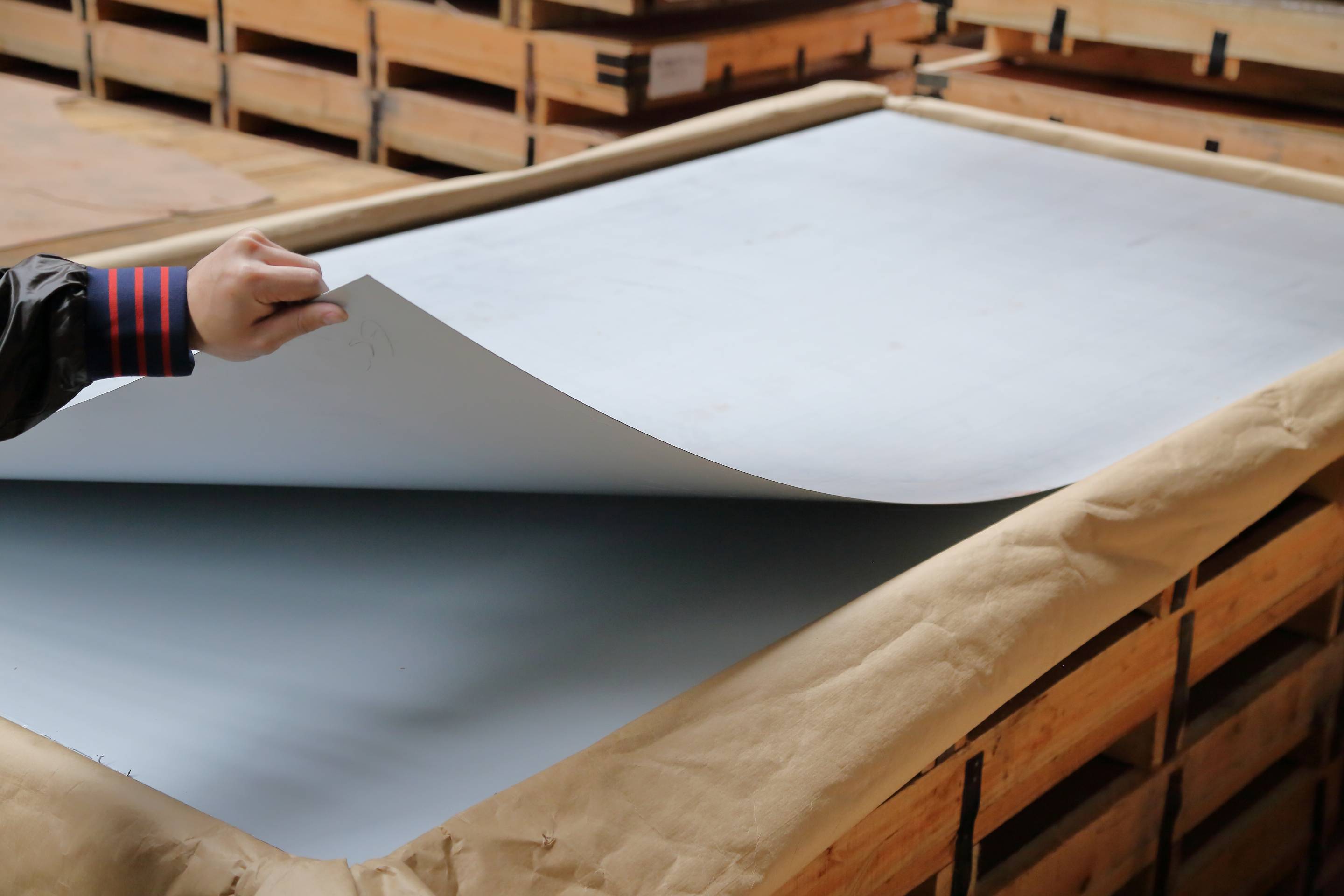In the world of metalworking, precision is everything. Ensuring accurate measurements for the thickness of stainless steel sheets is a crucial aspect of the industry. Often, the thickness of metal sheets is measured in gauges and millimetres, two units that are used interchangeably yet can sometimes lead to confusion. This article aims to illuminate the relationship between stainless steel sheet gauge and millimetres, to help professionals and hobbyists alike navigate this vital aspect of metalworking with confidence and accuracy.

Before we dive into the relationship, it's important to define our terms. Gauge, in the context of sheet metal, is a measurement unit used primarily in North America to denote the thickness of sheet metals, going from around 3 to 36 for most materials. It's worth noting that the gauge number and thickness have an inverse relationship – the higher the gauge number, the thinner the sheet.
On the other hand, millimetre (mm) is a unit of length in the metric system, which is universally recognized and used. When referring to the thickness of sheet metal, using millimetres offers a straightforward, linear representation – the greater the number of millimetres, the thicker the sheet.
Given the varying systems, the conversion between gauge and millimetre isn't a straightforward mathematical formula but instead depends on specific standardized charts. Let's consider stainless steel specifically. For instance, 16 gauge stainless steel has a thickness of approximately 1.59 millimetres, while a 20 gauge stainless steel sheet would be about 0.89 millimetres thick.
Herein lies the key distinction. While the gauge system might seem counterintuitive due to its inverse relation, it's still widely used, especially in industries located in North America. The millimetre system is more straightforward, with a direct correlation between the numerical value and thickness, hence its wide use in international standards and scientific contexts.
For professionals, understanding the relationship between gauge and millimetre measurements can be the difference between a successful project and a costly mistake. Whether it's construction, automotive repairs, or manufacturing household appliances, the thickness of the sheet metal used can drastically impact the strength, weight, and performance of the finished product.
In summary, while gauge and millimetre measurements might seem complex due to their different systems and relation to material thickness, understanding the relationship between the two is crucial for precision in metalworking tasks. Standard conversion charts are your ally in navigating this landscape, and over time, interpreting these measures can become second nature. In a world where accuracy is everything, a sound understanding of these systems will ensure you are well-equipped to deliver quality in all your projects.
Please remember that while this article provides a general understanding of the topic, always refer to specific manufacturer data or standard conversion charts to get accurate conversions, as slight variances might occur depending on the material and manufacturing process.
By continuing to use the site you agree to our privacy policy Terms and Conditions.